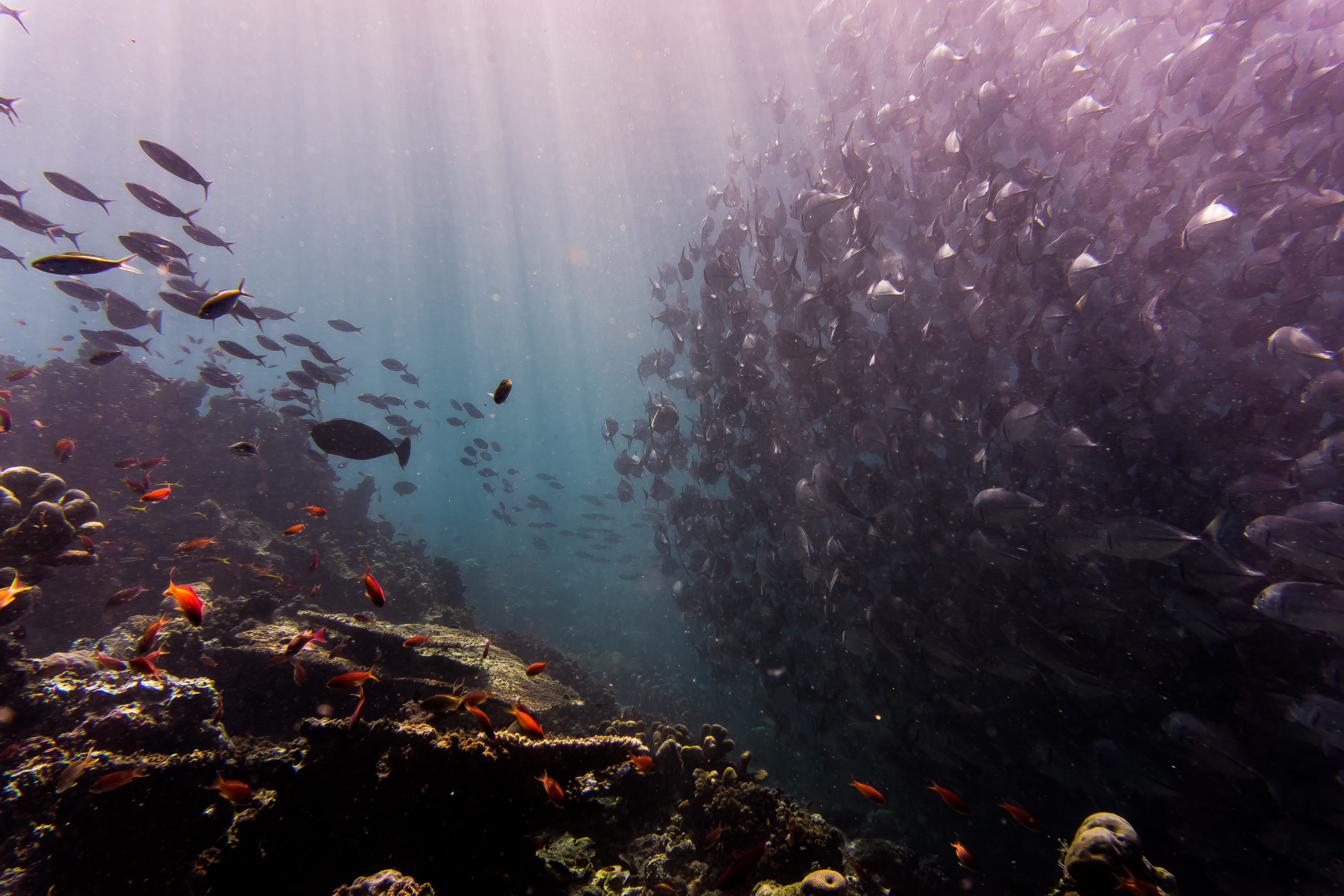This post was written by guest blogger, Lexi Tess, animated-movie enthusiast and discerning Disney•Pixar critic …
By Lexi Tess
[WARNING: The article you are about to read contains spoilers for the movie, Finding Dory. Oh wait, if you’ve seen Finding Nemo, then Finding Dory has already been spoiled for you]
Disney•Pixar’s Finding Dory has soared like a little flying fish above the competition, making $135.1M in its opening weekend, the highest-grossing opening for an animated film at the domestic box office. Certified Fresh with a 95% rating on Rotten Tomatoes, Finding Nemo received this glowing Critics Consensus on the site: “Funny, poignant, and thought-provoking.” But the official praise didn’t end there. Film critic Richard Roeper of The Chicago Sun-Times called the film, “a solid, entertaining, well-paced sequel featuring…a clever script” while David Edelstein from New York Magazine insisted the movie had “slapstick set pieces that reduce audiences to puddles of laughter. By the end, stomach muscles were aching.”
These reviews leave me just as confused as Dory. Funny? Thought-provoking? Certified Fresh? Something smells fishy, and it ain’t the ocean-dwelling cast. The regurgitated plot and jokes from Finding Nemo, which came out thirteen years ago, might just be the cause of that rotten smell. Nothing like trying to digest thirteen-year old fish but perhaps that’s why critic Edelstein’s stomach muscles were aching? Maybe critics simply found it easier to swim with the majority’s school of thought or wrote their reviews with a very young audience in mind.
While families make up the majority of theater-goers for Finding Dory, the studio noted that many, many adults showed up to check out the film. Why? As one Variety reporter writes, likely because the kids who saw the original movie thirteen years ago have since entered young adulthood and turned up to support the sequel.
Unfortunately, from the very first scene it’s clear Finding Dory won’t be taking anyone into uncharted waters. In fact, this sequel is an almost-duplicate of its thirteen-year-old predecessor. Take, for instance, the way Nemo was suddenly separated from his father in the original, which is echoed in the way Dory is separated from her parents at the beginning of this new movie. Finding Nemo followed Marlin as he swam across the ocean to reach his son. Dory follows—shocker—the unforgettable fish named Dory, who suffers from short-term memory loss as she swims across the ocean to find her parents. Along the way we see familiar faces like the surfer-dude turtles and singing schoolteacher Mr. Ray, but this time, the quotable lines that made us laugh (“Gimme some fin! Noggin. Duuude”), barely bring a hiccuped HA. And yes, thirteen years before we were all delighted by Dory’s whale-speak. But the joke is regurgitated ad nausea for the sequel. It’s like ambergris, a fancy word for whale vomit.
And really, the actual definition of ambergris might be the best way to sum up the film: “a dead gray, solid, wax-like material that is created in the intestines and digestive system of sperm whales,” yet can be worth tens of thousands of dollars. You did it, Dory! Congrats on your millions.
To be fair, the animation is lovely and the voice actors are wonderful (Idris Elba as a Cockney sea lion? Ed O’Neill as the grumpy but lovable seven-limbed octopus? Genius). And sure, it’s sweet to hear the laughter of children rippling throughout the theater. But kids have no problem seeing the same stuff over and over again. I do.
One could argue that in this film Dory does more than find her family. She finds faith in herself. By the last act she repeatedly asks, “What would Dory do?”
Not a bad question to ask oneself. What would I do? Well, if following my heart, I would rather feast elsewhere, thanks (maybe on some fish tacos?) and follow the glowing red signs to the EXIT.


